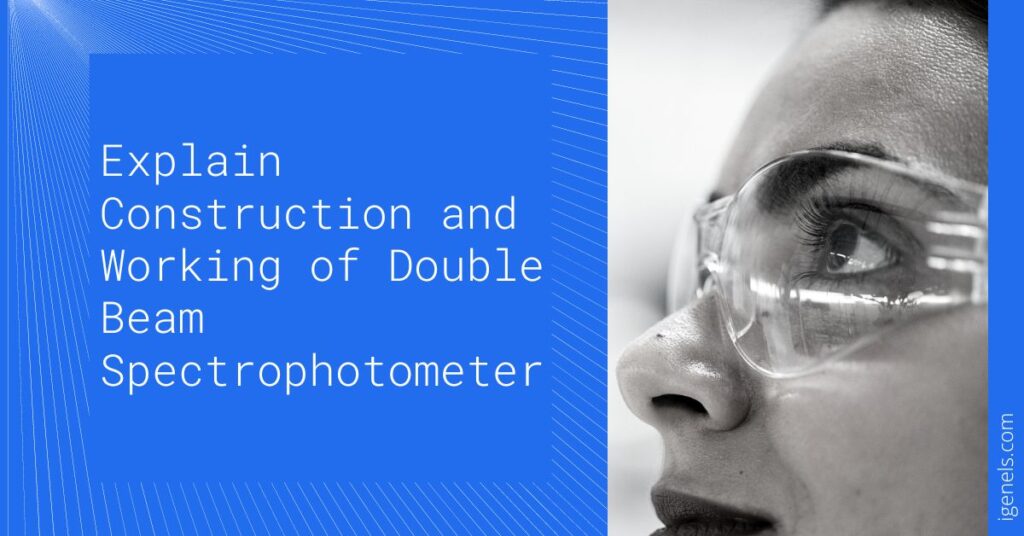This is one of the areas of electromagnetic spectroscopy that aids in measuring the specifics of light beam transmission and reflection. The transmission process in a double beam UV spectrophotometer typically makes use of ultraviolet, infrared, and visible light. But the most current and advanced spectrophotometers employ a wide range of electromagnetic wavelengths, such as microwave, visible, x-ray, infrared, and ultraviolet photons for the reflection and transmission process.
What Is A Double Beam Spectrophotometer?
The measurement of the transmittance or reflectance of analytes in a sample is often done using a twin beam spectrophotometer. Here, samples consist of solvent-like vapours or clear or opaque solids, such as polished glass. Numerous biochemical kinds exhibit color, which causes them to absorb ultraviolet or visible light. By using colorimetric techniques within the spectrophotometer, the transmitted light may be measured.
The Benefits of Double Beam Design
- Correction of absorbance for solvent blank
- In a single beam setup, there could be differences in the light energy between ratio recording samples.
- Corrections for stray light, fluctuating beam strength, and electronic noise are made in real-time.
In terms of sensitivity, the benefits of a dual beam system much outweigh those of a single beam system. Due to recent advancements in electronics and optics, double beam systems are becoming more and more common.
Uses
UV Spectrometers are employed in many different branches of study, including chemistry, molecular biology, physics, and the material sciences. These tools are employed in the semiconductor, optical manufacturing, laser, printing, forensic examinations, and laboratory research sectors. The machinery used in spectroscopic analysis quantifies a wide range of analytes, including chemical compounds and biological macromolecules. The bulk of spectroscopic research involves solutions. However, it is also possible to study chemicals in their solid and gaseous forms.
Finding the quantity of light at a certain wavelength is the primary task of a double-beam spectrophotometer. In this instance, a biological sample’s analyte absorbs the light rays. Gases or liquids can be used as samples or specimens in spectrophotometry. In the process of spectrophotometry, the analytes are dissolved in a solvent. The solid pellets are combined with a clear matrix for the solvents employed here and are utilized as an analyte for spectrophotometry. Pellet presses with discs suspended in biological material through which light beams flow are used to create the discs for double beam spectrophotometers.
Conclusion
The light beams produced by reflection are helped to travel by the double beam spectrophotometer. A single-beam spectrophotometer can be used in the same way as a double-beam spectrophotometer. The biological specimens are illuminated by the light source, and the findings are then digitally recorded using a computer system.
If you are planning to buy a Double Beam UV spectrophotometer, connect with a reliable supplier like IGene Labserve. To learn more about the product, go to their official website at https://www.igenels.com or call 09310696848 to speak to an expert for consultation.

